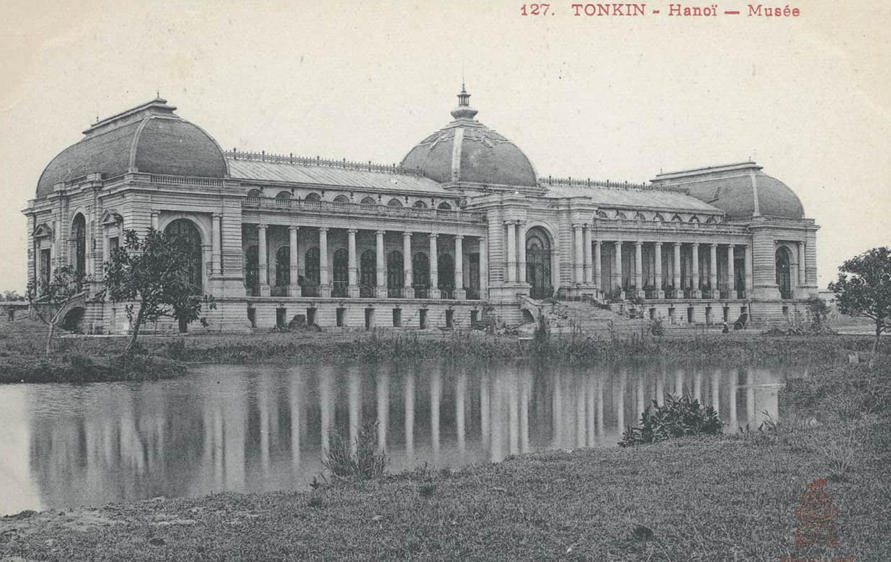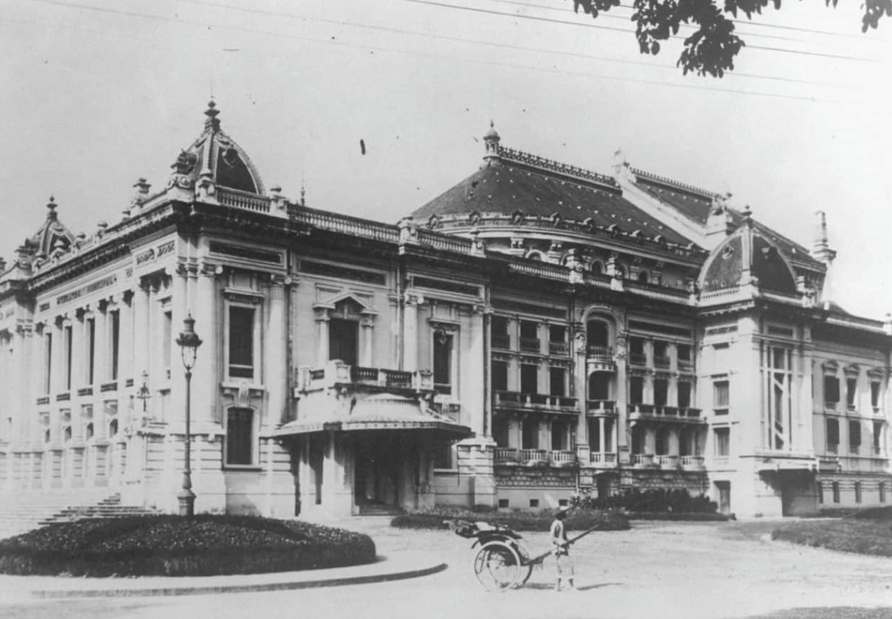History Final Primary Sources
1/11
There's no tags or description
Looks like no tags are added yet.
Name | Mastery | Learn | Test | Matching | Spaced |
|---|
No study sessions yet.
12 Terms
L’avenir Du Tonkin
Short passages from a magazine in Vietnam. Talks about statue called Liberty Lighting the World and how this statue should be installed in Hanoi. European construction is gradually overtaking “grass huts” in the main streets. Describes how the neighborhood of the European quarter of Hanoi as becoming and will become grand and beautiful due to all the construction projects. Talks about what and where the new construction is going to be.
Marius Borel, Souvenirs D’un Vieux Colonialist
A short passage that describes the number of people (coolies) working on various construction jobs. Says there were around a thousand people
Victor Le Lan “The Old Quarters” Feb 5, 1898
A poem that describes a romanticized view of the European quarter of Hanoi. Reflects the French colonial fascination with the Orient and seeing Hanoi as a place of mystery and indulgence

“Hanoi-Tonkin-Musee,” Pierre Dieulefils Postcard
Postcard picture that shows the main hall of Hanoi exposition after it was repurposed as the citi’s museum. Has neo-classical architecture and reflects French ideals of power, order and permanence. There is a pond in the foreground.
Michael My, Le Tonkin Pittoresque: Souvenirs Et Impressions De Voyage 1921-1922
Passage from a book that describes the new bridge built in Hanoi called the Doumer Bridge. Talks about the trains and transportation and how there is always a lot of traffic. Also talks about French Trade in Hanoi and the Native’s trade and how Natives are basically “born merchants.” Describes a lot of Hanoi’s economic activity.

Hanoi’s Municipal Theater
Modeled after the Paris Opera House. Considered the crowning jewel of Hanoi’s French quarter. Built with Vietnamese and Chinese coolie labor and paid for by taxes from the natives. Theater only staged western productions for white audiences until the Vietnamese liberation.
Phan Van Hy “The Ricksha Man”
Poem that describes a man who pulls a ricksha. Says that he can hardly walk and he pulls a man who can walk quite well. Talks about how the ricksha may one day overthrow the man who sits there. Says the only difference between the two men is their luck. Overall, the poem is very critical of the French colonial rule in Hanoi.
Jacques May, Un Medecin Francais en Extreme-Orient
Passage from a book of a personal account of a man who was a French doctor in French Indochina. Describes how he fantasized of saving the people (specifically the natives) who were sick with the plague. Says the only things that really puts these Native people in danger is not the oppression they face from the French but from the parasites in their bodies.
Anonymous “The Asian Ballad (Chant to Raise the Consciousness of the People)”
Describes and lists all the various taxes that were placed on the Native Vietnamese people. Acts as a rallying cry to the Vietnamese people for them to rise up and stop all of the oppression
Inhabitants of Hanoi to Governor General
Letter from the “Inhabitants of the City of Hanoi” (I think this is referring to the Native Vietnamese people) to Governor General. Requests that they examine the “tragic situation” people are in in Hanoi. Asks the governor to put a stop to the practice of arresting all family members of people who fell ill of the plague and burning all their things. Says people are in a state of great fear of illness and are unable to be peaceful.

“Tonkin—Pousse-Pousse,” Pierre Dieulefils Postcard
Postcard that shows a French soldier sitting on a pousse-pousse or better known as a rick-shaw. It is being pulled by a barefoot coolie. They are outside of a Confucian temple in Hanoi. The rick-shaw was a symbol of empire of the French. The postcard articulates imperialists power relationships and the colonial order of things.
“Paul Bert’s Staties toppled at 9:10am yesterday Morning,” August 2, 1945
Newspaper fragment that details how the statue of Paul Bert and the Liberty statues were knocked down. The mayor of Hanoi decided to clear out the statues commemorating French people in Hanoi. Occurred after French rule in Hanoi ended.